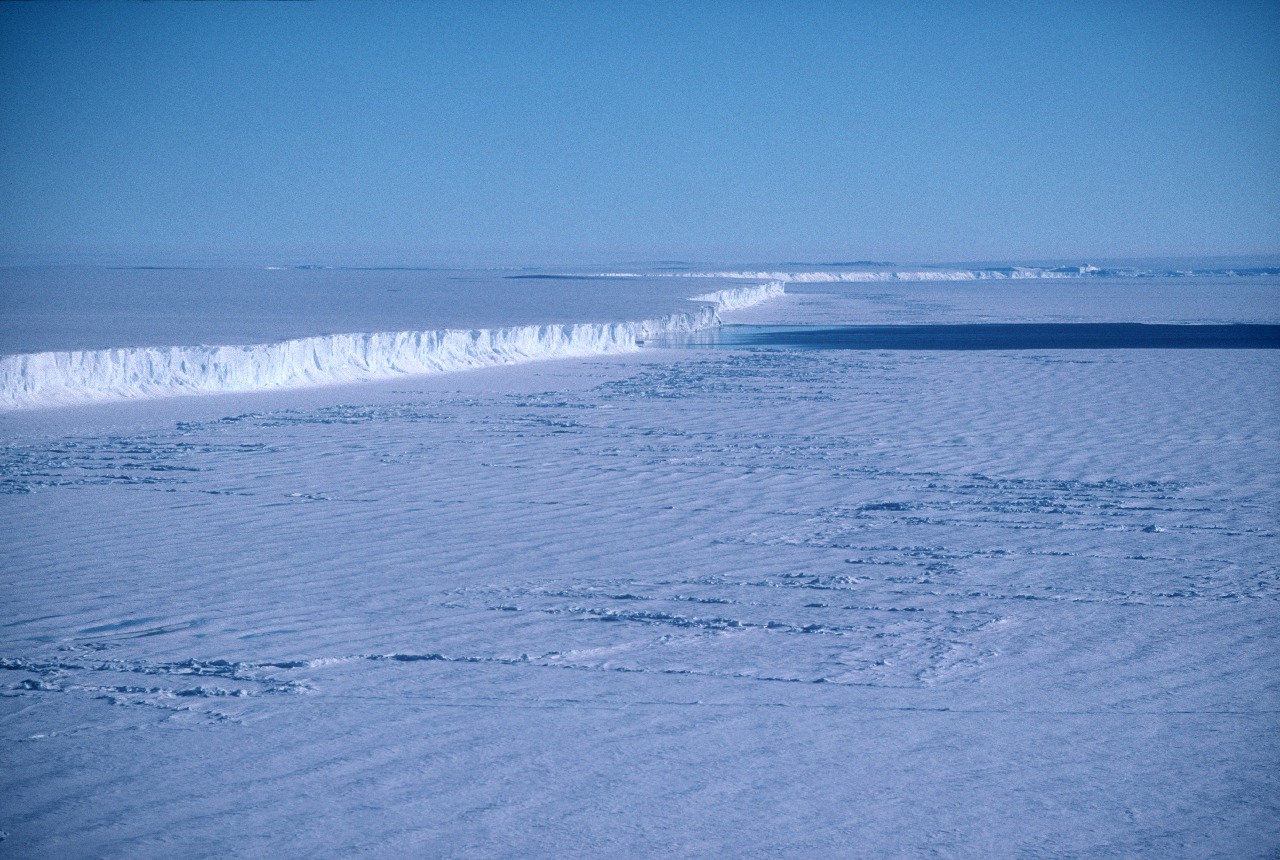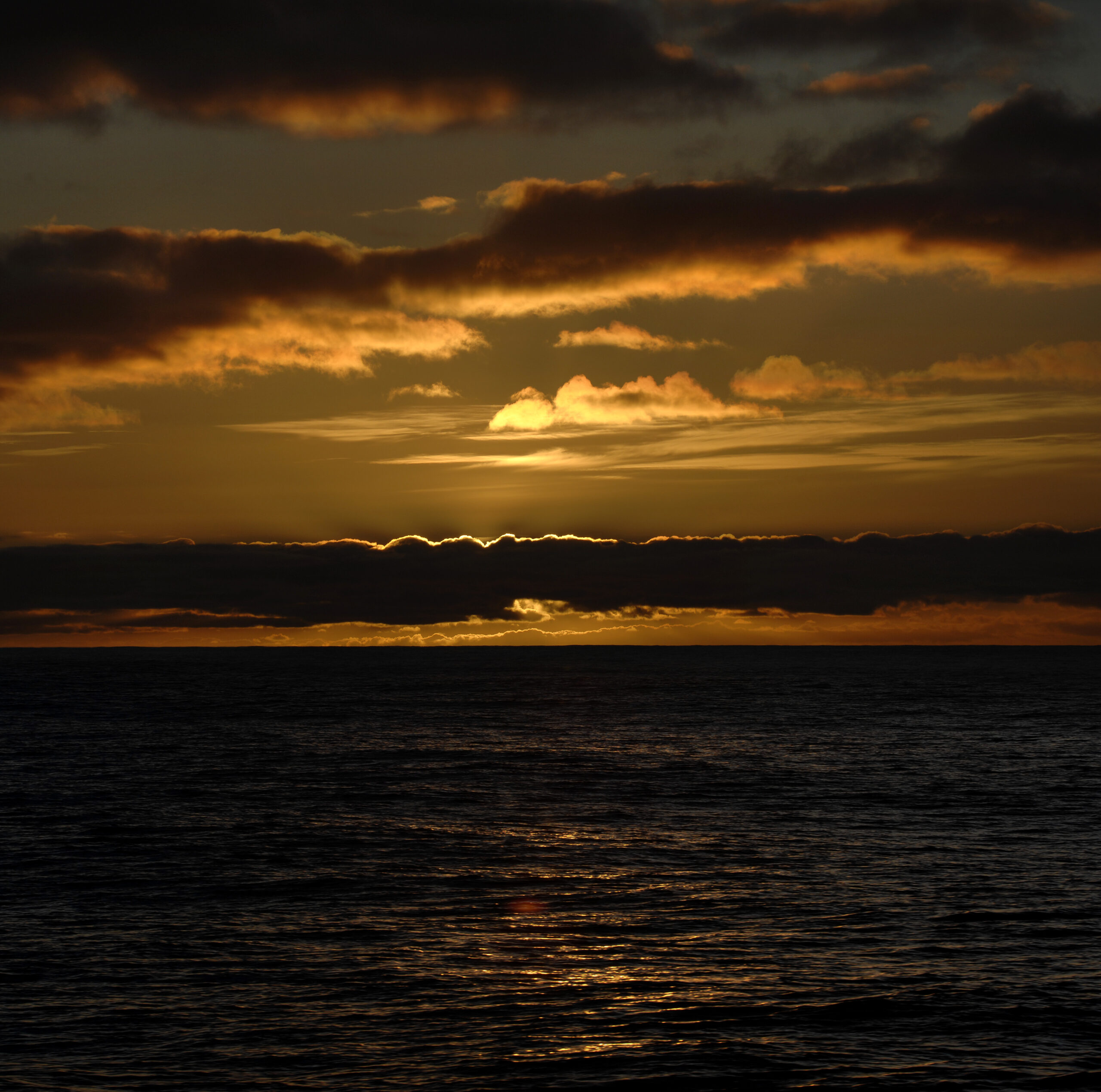A research mission to Antarctica will study the effects of global warming on the West Antarctic ice sheet.
The mission is part of an international research programme, which includes researchers from British Antarctic Survey, known as ‘Sensitivity of the West Antarctic Ice Sheet to Two Degrees of Warming’ (SWAIS 2C). The project aims to better understand the effects of varying degrees of warming on the West Antarctic Ice Sheet (WAIS) – Antarctica’s largest current contributor to global sea-level rise.
The huge ice mass forming the WAIS has the potential to raise global sea levels by up to 5 metres as the climate warms. While the 2015 Paris Agreement commits countries to limit the global average temperature rise to well below 2°C above pre-industrial levels, recent research suggests that it is inevitable that the warming Southern Ocean will speed up the melting of parts of the WAIS, regardless of our future carbon dioxide emissions.
However, we do not yet know how much or how fast the WAIS will melt. The group of international researchers, co-led by Professor Tina van de Flierdt, Head of the Department of Earth Science and Engineering at Imperial College London, will ‘drill into history’ as they embark on a once-in-a-lifetime mission to better understand the WAIS and the Ross Ice Shelf.

The international project, with a budget of $5.4 million allocated to operations and logistics alone, is funded by the International Continental Scientific Drilling Program (ICDP), with support from multiple international and national partners, including the Natural Environment Research Council (NERC) in the UK.
Professor Tina van de Flierdt, Co-Chief Scientist of the project and Head of the Department of Earth Science and Engineering, says:
“We will use the past to learn about the future. This knowledge is critical as humanity grapples with the unavoidable challenge of sea level rise.”
By drilling up to 200 metres below the seafloor, the researchers aim to recover a geological record of changing rock types from near the centre of West Antarctica that reflect environmental conditions at the time they formed. The team of researchers, engineers and drillers hope this will provide key insights into Antarctica’s past and allow us to predict its future in a warming planet.
James Smith, a sedimentologist at British Antarctic Survey and part of the SWAIS2c project, says:
“This multi-nation effort to drill in the Ross Sea will help us answer the key question of whether the Paris climate target will save the Ross Ice Shelf and limit Antarctic Ice Sheet melt. By recovering drill cores from the Ross Sea we hope to determine if the WAIS has collapsed previously, and if so, under what conditions.”
Dr James Marschalek, part of the SWAIS 2C team from Imperial College’s Department of Earth Science and Engineering says:
“Like time capsules buried deep beneath the ice, the ancient rocks we will recover during our expedition will provide crucial historical data. This data can improve our understanding of how sensitive ice sheets are to global change, and therefore how they might change and contribute to sea level rise in the future.”
More than 120 people from around 35 international research organisations are collaborating on the SWAIS 2C project, including around 25 early-career researchers. The project brings together researchers from the United Kingdom, New Zealand, the United States, Germany, Australia, Italy, Japan, Spain, Republic of Korea, and the Netherlands.

Professor van de Flierdt says:
“SWAIS 2C will shape our understanding of Earth’s past and future – guiding predictions and plans to adapt to sea level rise and hopefully serving as a wake-up call to drive climate action. Retrieving samples from such remote locations in Antarctica will allow us to build a much better picture of how Antarctic ice will respond to future warming, which parts will melt first, and which parts will remain.”
Current predictions already suggest that global temperatures are expected to rise further – between 1.4° to 4.4°C by 2100. The size of the increase will depend on what measures countries and industry take to reduce greenhouse gas emissions.
An additional 30 centimetres of sea level rise is unavoidable regardless of emissions decisions, but the increase may be as much as one or two metres if emissions continue to be high and the WAIS continues to melt at an accelerating rate.
The expedition is scheduled to begin in November 2023 and is expected to continue into early 2024. It will be the first expedition of the SWAIS 2C programme. The second expedition will start in November 2024 and continue through 2025.
Logistical support for SWAIS 2C comes from Antarctica New Zealand (K862A-2324, K862A-2425) in collaboration with the United States Antarctic Program. Drilling is funded and supported by the International Continental Scientific Drilling Project (ICDP). The SWAIS2C Project Manager is GNS Science and the Drilling Services Provider is Te Herenga Waka—Victoria University of Wellington.
The project has received significant additional support from the Natural Environment Research Council, Alfred-Wegener-Institute Helmholtz Centre for Polar and Marine Research, Federal Institute for Geosciences and Natural Resources, National Science Foundation (NSF-2035029, 2034719, 2034883, 2034990, 2035035, and 2035138), German Research Foundation (grants KU 4292/1-1, MU 3670/3-1, KL 3314/4-1), Istituto Nazionale di Geofisica e Vulcanologia, Korea Polar Research Institute, National Institute of Polar Research, Antarctic Science Platform (ANTA1801), Leibniz Institute for Applied Geophysics, AuScope, and the Australian and New Zealand IODP Consortium.
